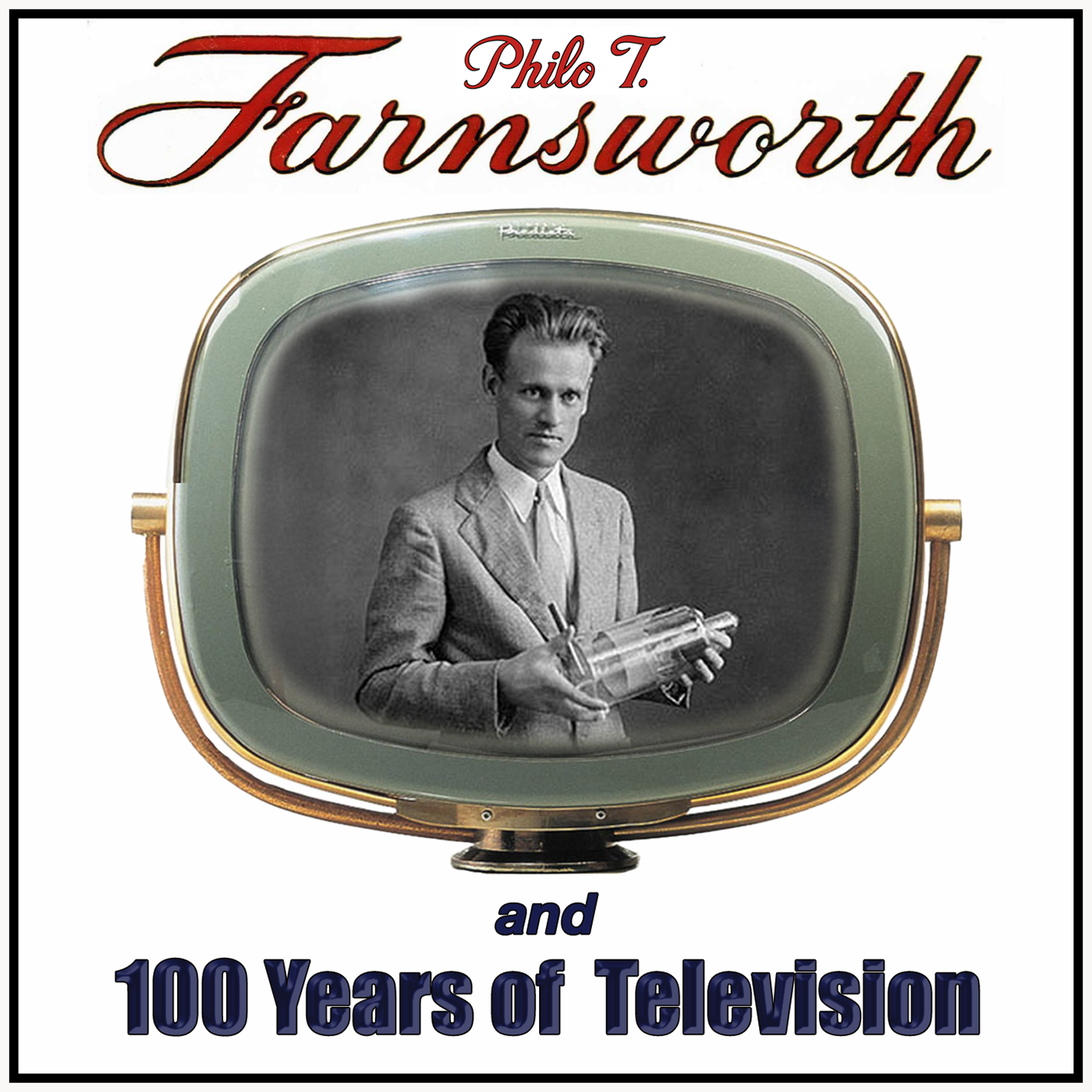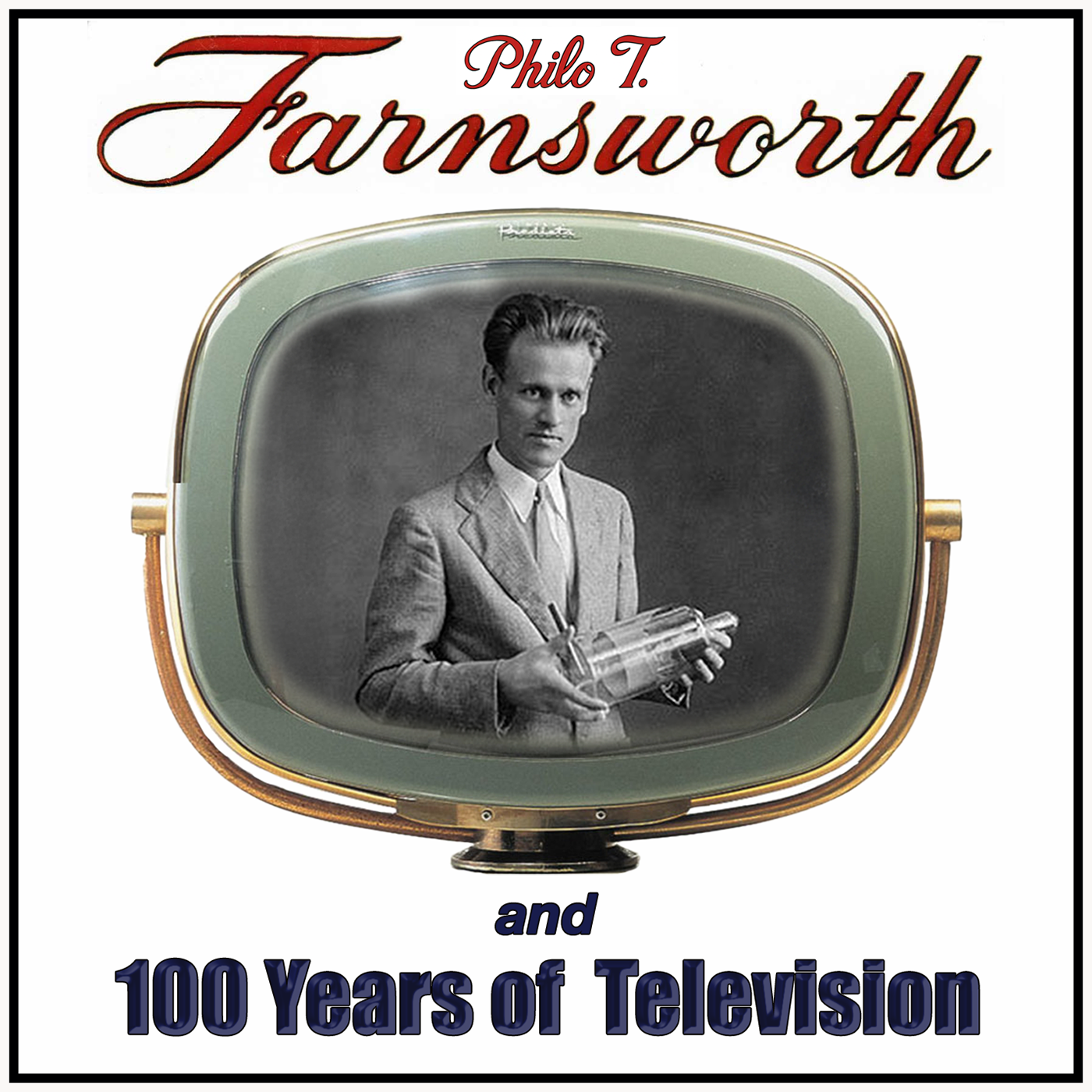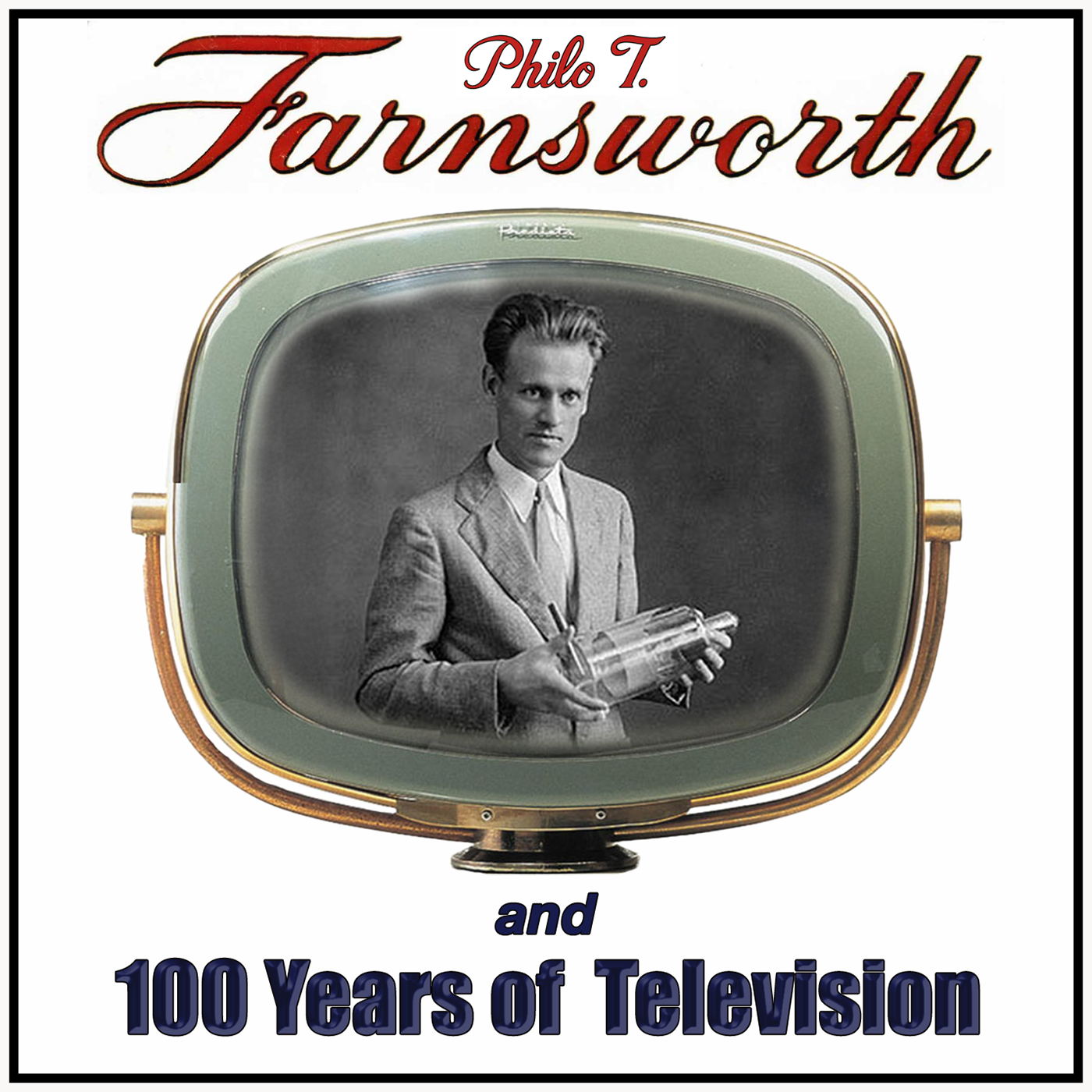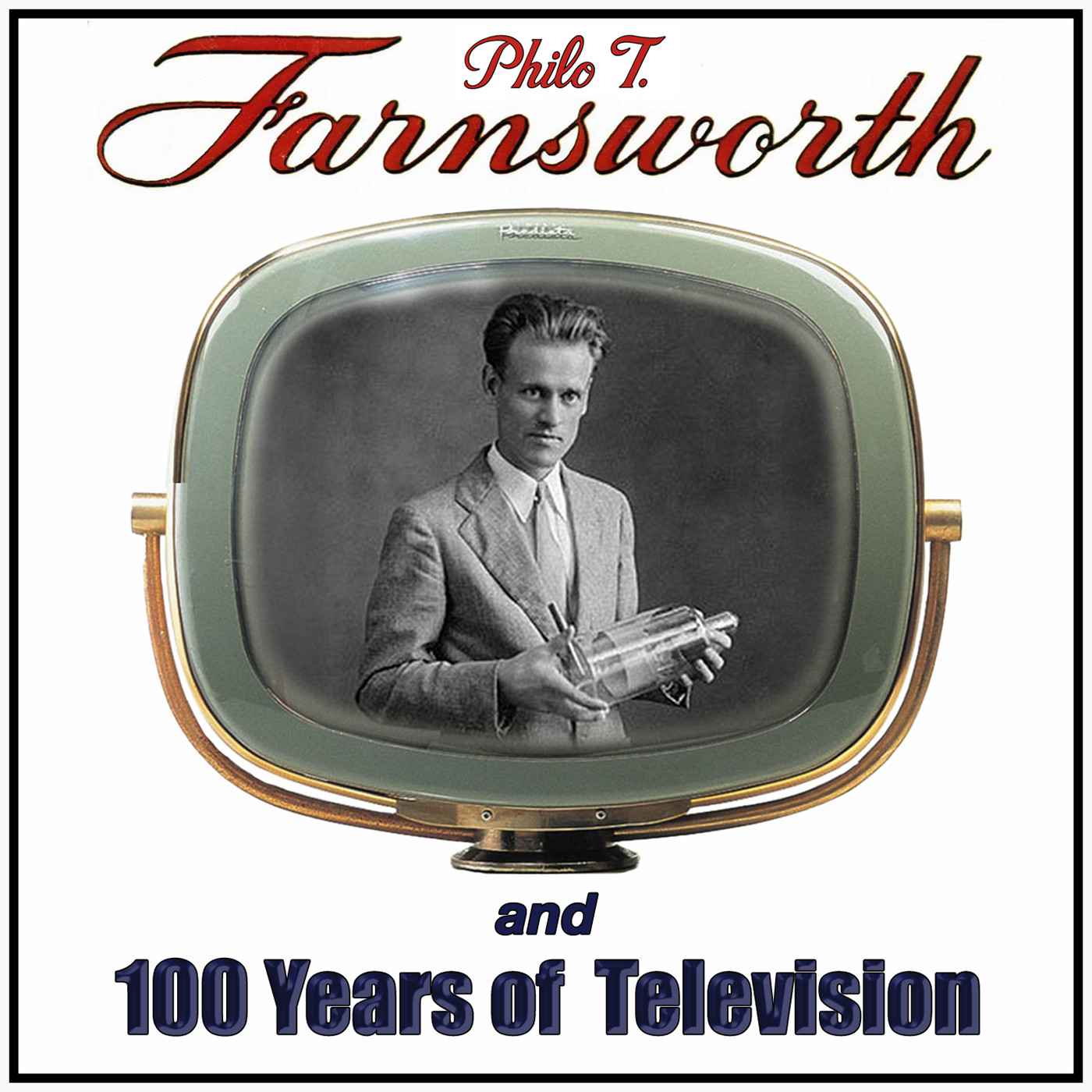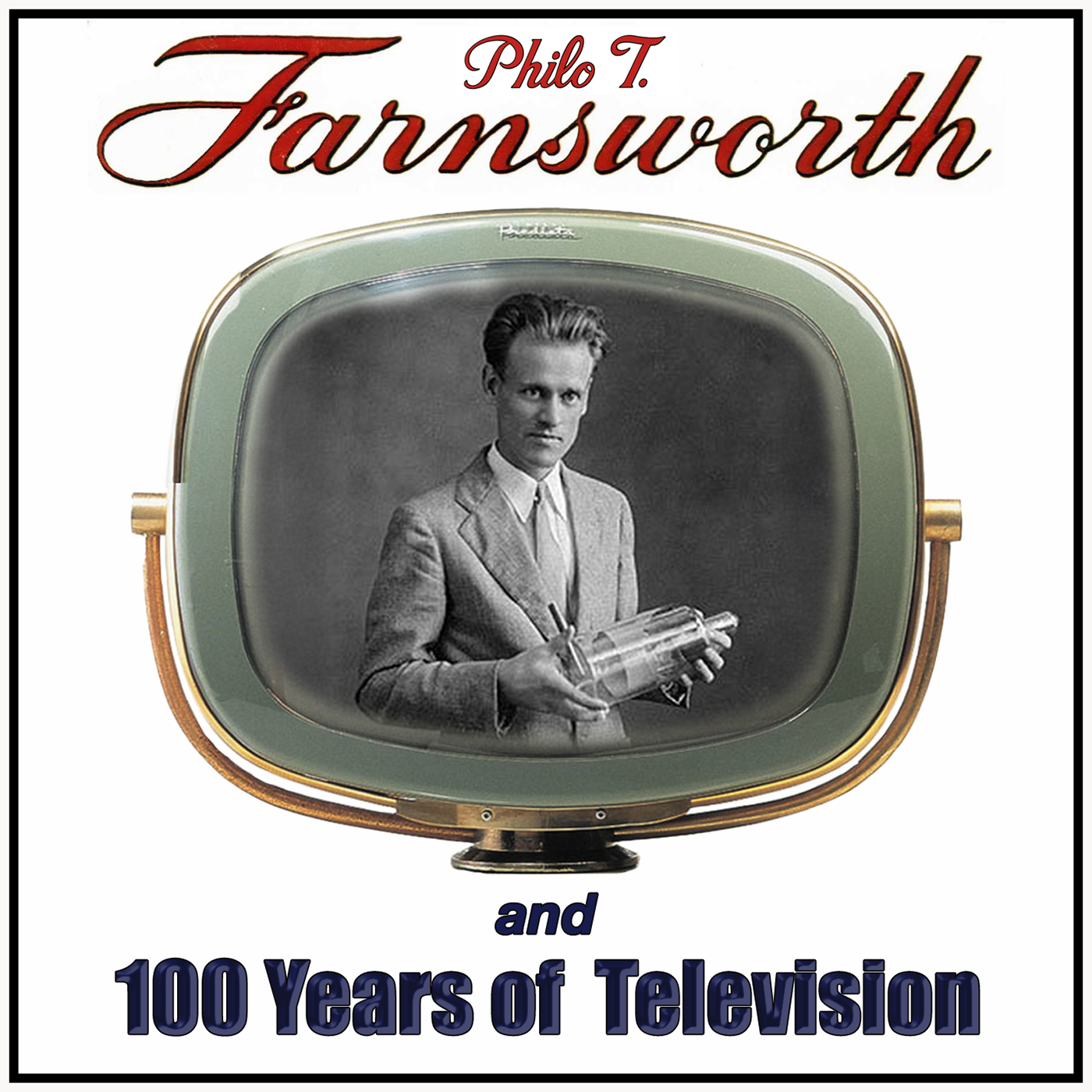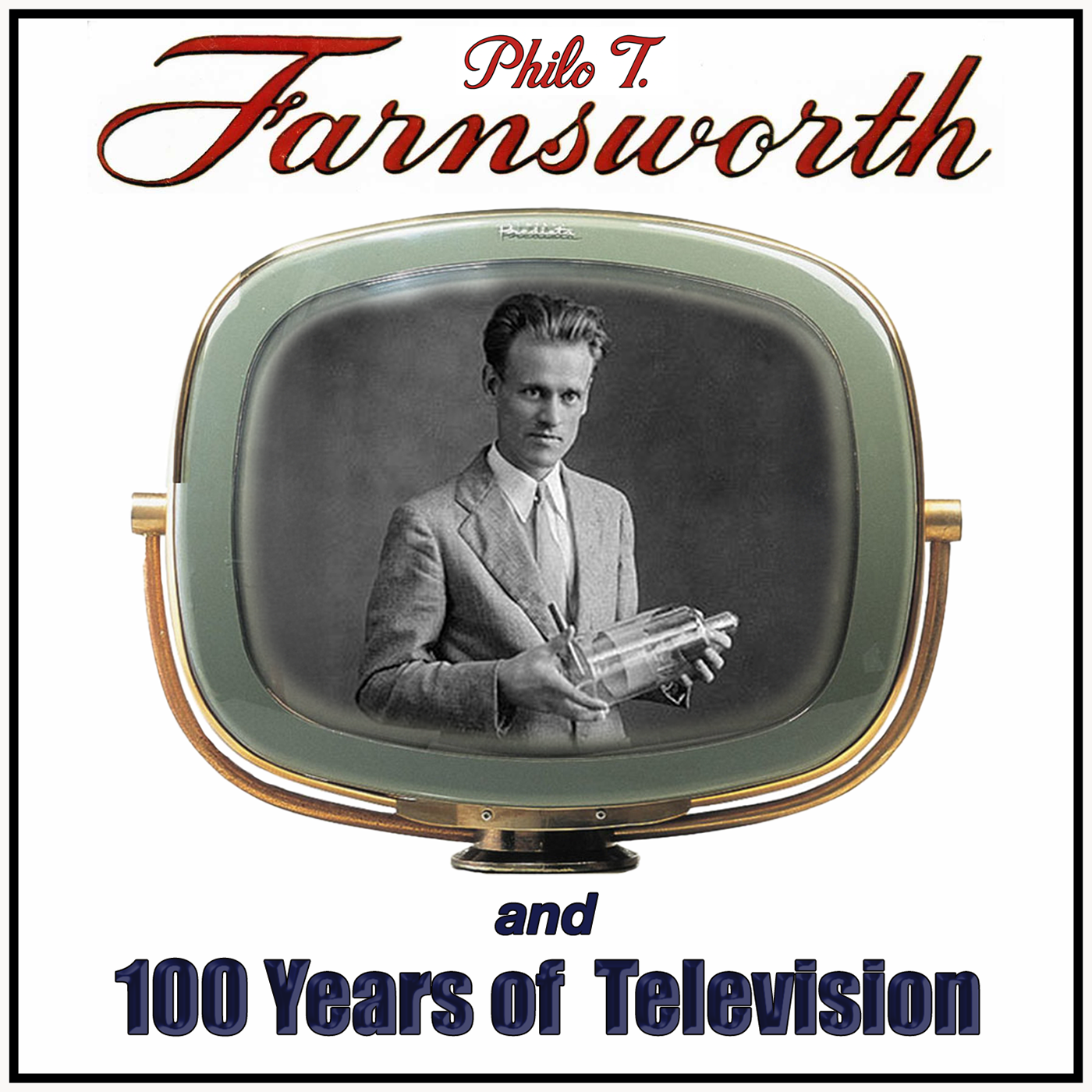Episode Transcript
[00:00:00] Speaker A: They all laughed at Christopher Columbus when he said the world was round.
They all laughed when Edison recorded sound.
They all laughed at Wilbur and his brother when they said that man could fly.
They told Marconi wireless was a phony. It's the same old cry.
[00:00:21] Speaker B: Welcome to 100 Years of Television.
This is episode number nine, countdown number 98. Edwin Armstrong adds FM to the spectrum.
For 100 weeks that started in October of 2025, this podcast is going to recall the top 100 moments in the first 100 years of television and video.
The countdown is pegged to culminate on September 7, 2027, the 100th anniversary of the day television as we know it was invented.
I'm Paul Schatzkin, author of the Boy who Invented Television, the definitive biography of Philo T. Farnsworth, who invented the world's first all electronic television system. In the last episode, we witnessed the first demonstration of television to the general public at the Franklin Institute in Philadelphia in the summer of 1934.
Today, we're going to learn how the television picture got its sound.
Television isn't just moving pictures that fly through the air. There is sound, too.
And the clear, static free audio we take for granted owes its existence to another of the electronics industry's unsung heroes.
Radio exploded across the landscape in the 1920s, even though the actual experience of tuning in was plagued with static, a frequent hum and crackle that came and went with the weather.
Into that noisy ether stepped the quiet genius of Edwin Howard Armstrong.
Before the 1920s, Armstrong invented two circuits that helped make radio a mass medium.
The first was the regenerative circuit that made radio signals loud enough to hear through speakers instead of headphones.
The second was the super heterodyne circuit that made tuning radios easier across the spectrum of broadcast frequencies.
When he sold his patents to the Radio Corporation of America in 1920, Edwin Armstrong became the company's largest individual stockholder and a close friend of rising executive David Sarnoff.
The two men often spent their evenings together in Sarnoff's personal radio room, tuning in radio signals from around the world.
One night, Sarnoff wished aloud that somebody would invent a little black box that could eliminate all the static. Ever the inventor, Armstrong took his friend's wistful yearning as a personal challenge.
Several Years later, on January 11, 1935, Armstrong introduced his solution.
But what Armstrong delivered was far more than a little black box. It was an entirely new kind of radio.
In its earliest form, sound was encoded onto radio waves by causing fluctuations in the height of of the wave that was called amplitude modulation, or am.
Instead of altering the height of the waves, Armstrong devised a way to vary the space between them. This new method was called frequency modulation, or fm.
Those who witnessed the first demonstrations of FM were stunned to hear crystal clear audio entirely free of static, hiss, hum and crackle.
Both music and speech came through as if they were being heard live in the same room. For David Sarnoff and rca, Armstrong's new kind of radio was every bit as problematic as it was brilliant.
Every revolution threatened someone's empire, and RCA's empire was built on AM radio.
FM didn't just improve the signal, it threatened to make every existing radio in the world obsolete.
Furthermore, Sarnoff was determined to be remembered as the man who had delivered television into the world.
By the time Armstrong introduced FM, Sarnoff had spent millions of dollars on RCA's effort to evade Philo Farnsworth's patents for television.
The last thing Sarnoff needed was a whole new kind of radio that would jeopardize RCA's existing business.
Sarnoff found himself juggling three problems at once, Convincing his own board of directors that television would soon pay off, protecting RCA's monopoly over AM radio and somehow using FM for television sound.
Only this time, Edwin Armstrong was not willing to sell his patents to RCA as he had in 1920.
And the radio Corporation, as Sarnoff was fond of saying, was formed to collect patent royalties, not to pay them.
And so begins one of the most tragic chapters in American tech history.
While Armstrong was building a nationwide network of FM stations and listeners, RCA was already using its vast resources to steer the industry toward the new frontier of television.
In 1941, the National Television System Committee, the NTSC, adopted the Technical standards the industry needed to bring universally compatible TV equipment into American homes.
In addition to the 525 lines per frame and 30 frames per second for the video signal, the FCC mandated that FM be used for the audio portion of each TV channel.
The adoption of television was put on hold with the advent of World War II.
But once the war was over, the industry took off using those standards with little regard for Armstrong's patents.
Determined to earn his just rewards, Armstrong spent much of his fortune and the final years of his life in litigation with rca.
Broke and broken, the man once known for performing acrobatics atop his own towering radio antennas stepped out of the window of his Manhattan apartment on July 31, 1954, and plunged 13 floors to his death.
One of the most brilliant and accomplished inventors of the 20th century, a seminal figure in electronic communications, was dead at the age of 63, leaving his widow, Marion, to pursue his legacy for another decade.
RCA wouldn't settle with the Armstrong estate until 1967, but until television went entirely digital in 2009, the audio portion of every analog TV broadcast still relied on the high fidelity audio technology Edwin Armstrong introduced in 1935.
This brings us to the end of number 98 in the countdown of the top 100 milestones in the first 100 years of television.
Stay tuned for the next episode where credit for inventing electronic television is legally bestowed upon Philo T. Farnsworth.
Thanks for listening to 100 Years of Television, a two year countdown to the centennial of television on September 7, 2027. For more, just aim your gizmo to 100yearstv.com this podcast was written, recorded, edited, engineered and uploaded by me, Paul Shatzkin. And it's a production of Farnovision.com if television was invented by somebody named Farnsworth, why don't we call it Farnovision?
[00:08:30] Speaker A: They all said we never would be happy. They laughed at us and ha.
But ho ho ho, who got the laughs right now.
